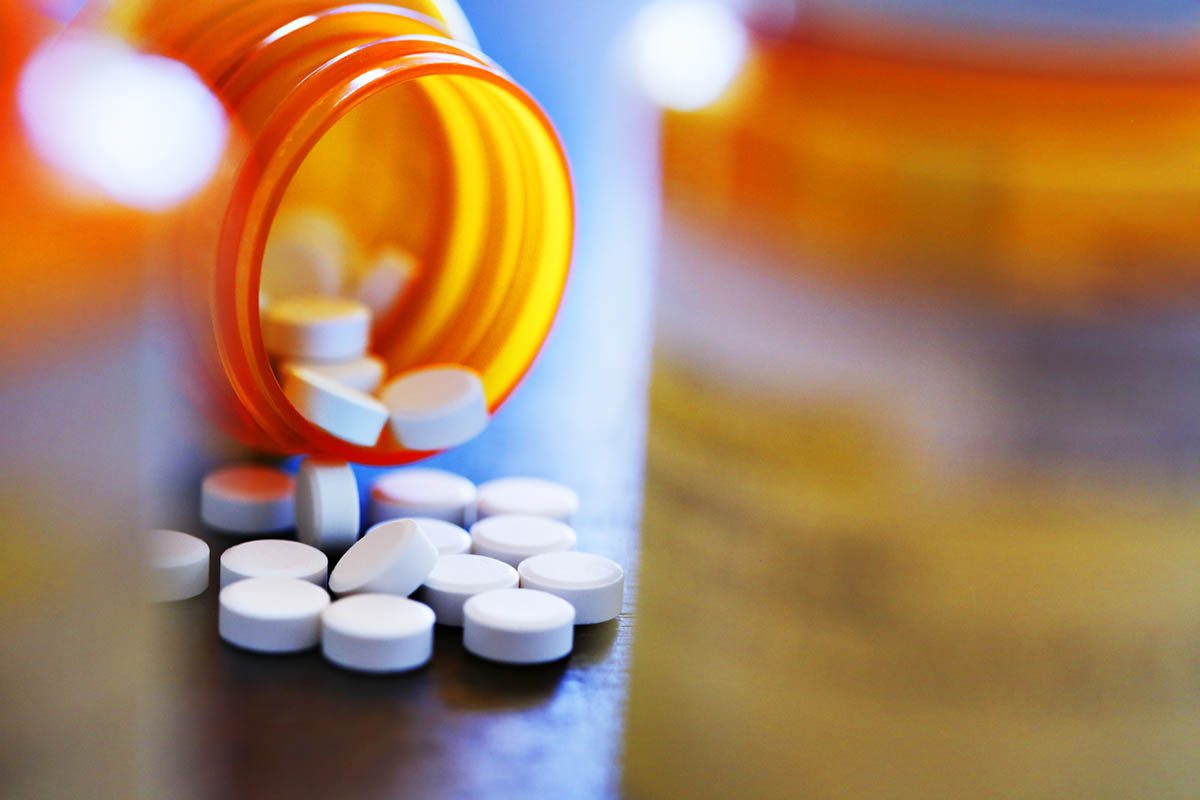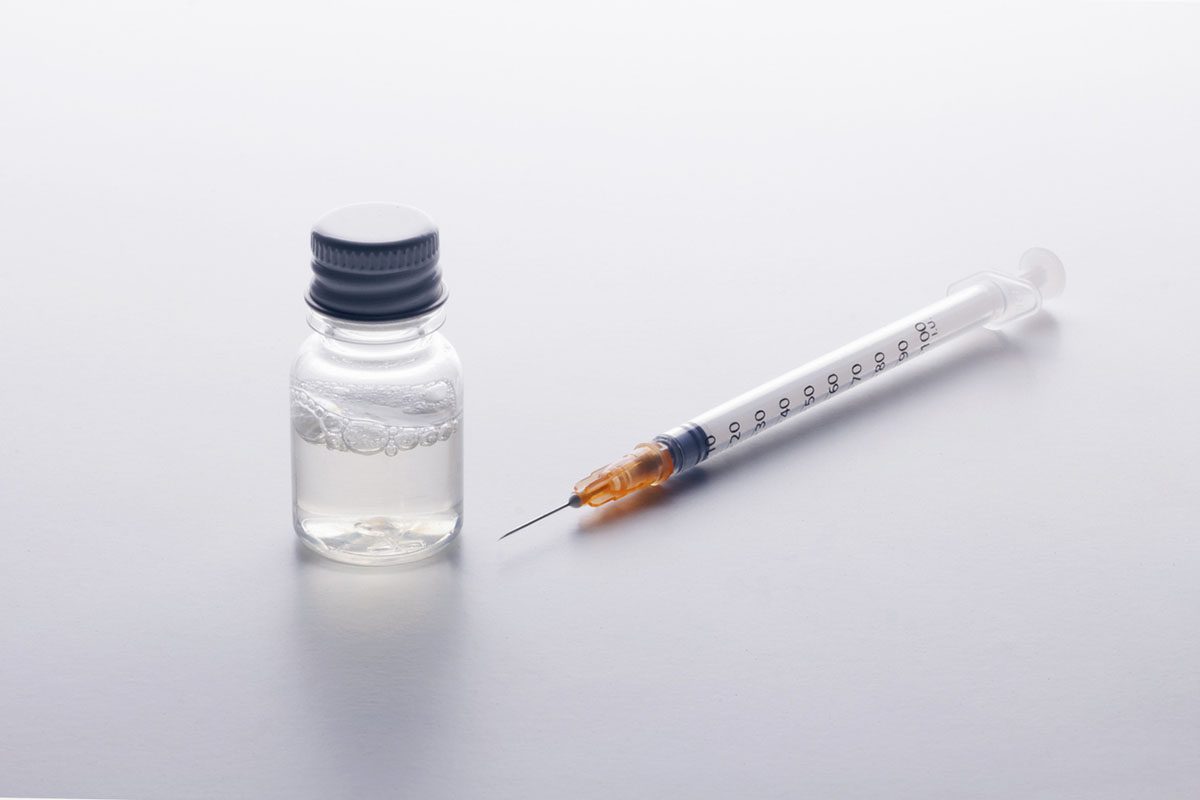Published online: February 18, 2021.
Potential conflicts of interest: None.
Funding/support: None.
Prim Care Companion CNS Disord 2021;23(1):20lr02755
To cite: Kow CS, Hasan SS. Potential drug-drug interactions between interleukin-6 inhibitors and pharmacologic agents for opioid use disorder. Prim Care Companion CNS Disord. 2021;23(1):20lr02755.
To share: https://doi.org/10.4088/PCC.20lr02755
© Copyright 2021 Physicians Postgraduate Press, Inc.
aSchool of Postgraduate Studies, International Medical University, Kuala Lumpur, Malaysia
bDepartment of Pharmacy, University of Huddersfield, Huddersfield, United Kingdom
cSchool of Biomedical Sciences and Pharmacy, University of Newcastle, Callaghan, Australia
See reply by Mansuri et al and article by Mansuri et al
To the Editor: Mansuri et al1 previously discussed the drug-drug interactions between 3 pharmacologic agents for opioid use disorder, namely methadone, buprenorphine, and suboxone, and pharmacologic agents intended for the treatment of novel coronavirus disease 2019 (COVID-19). Such discussion was timely given the escalation of opioid use disorder due to COVID-19, as isolation, lockdowns, social distancing, and stay-at-home orders during the COVID-19 pandemic promote a greater risk for individuals to use opioids without supervision.2
Nevertheless, Mansuri et al1 only discussed the drug-drug interactions involving protease inhibitors (lopinavir/ritonavir) of which their use had been obsolete due to limited efficacy in patients with COVID-19. Therefore, the discussion on the drug-drug interactions between pharmacologic agents for opioid use disorder and protease inhibitors might be irrelevant currently, and we believe that drug-drug interactions involving interleukin-6 (IL-6) inhibitors, including tocilizumab and sarilumab, are worth consideration by clinicians. With the recognition of the cytokine storm in COVID-19, IL-6 inhibitors have been increasingly used to mitigate the inflammation seen in patients with COVID-19.3
Both tocilizumab and sarilumab bind to and inhibit the proinflammatory cytokine IL-6.4 An in vitro model demonstrated that IL-6 decreased the gene expression of cytochrome P450 (CYP) CYP3A4 by more than 90%.5 Therefore, with the administration of tocilizumab or sarilumab, CYP3A4 activity may be augmented in patients with COVID-19 and thus increases the metabolism of CYP3A4 substrates, which include methadone, buprenorphine, and suboxone. Importantly, such effects may persist several weeks following discontinuation of tocilizumab or sarilumab due to their long elimination half-life. Of note, the prescribing information for tocilizumab6 and sarilumab7 advise caution when combining sarilumab and CYP3A4 substrates with narrow therapeutic indexes wherein a decrease in exposure and effectiveness is undesirable. A decrease in exposure to pharmacologic agents for opioid use disorder may undesirably precipitate opioid withdrawal symptoms such as anxiety and irritability, insomnia, agitation, restless leg syndrome, and general restlessness.
Thus far, the drug-drug interactions between IL-6 inhibitors and CYP3A4 substrates have been reported only with simvastatin. In a pharmacokinetic study of 17 patients with rheumatoid arthritis, treatment with sarilumab (200 mg single subcutaneous injection) decreased the area under the curve (AUC) and maximum serum concentration of simvastatin by 45% and 46%, respectively.8 In another pharmacokinetic study9 of 12 patients with rheumatoid arthritis, the AUC of simvastatin and its b-hydroxy metabolite was decreased by 57% and 39%, respectively, 1 week following tocilizumab (10 mg/kg single infusion) in comparison to single-dose simvastatin without tocilizumab. Reduced systemic exposure was still evident with another single dose of simvastatin at 5 weeks after tocilizumab infusion wherein reductions in the AUC of simvastatin (39%) and its metabolite (20%) were observed.9
The aforementioned 2 studies8,9 suggested the possibility of drug-drug interactions of methadone, buprenorphine, and suboxone, which are CYP3A4 substrates with IL-6 inhibitors, though thus far there has been no study addressing such issues within the literature database. We need pharmacokinetic studies to evaluate the drug-drug interactions between IL-6 inhibitors and pharmacologic agents for opioid use disorder. In the meantime, clinicians managing patients with COVID-19 and concurrent opioid use disorder should be aware of the possibility of such interactions and monitor more frequently for opioid withdrawal symptoms during and after therapy with IL-6 inhibitors.
Chia Siang Kow, MPharma
[email protected]
Syed Shahzad Hasan, PhDb,c
References (9)

- Mansuri Z, Shah B, Trivedi C, et al. Opioid use disorder treatment and potential interactions with novel COVID-19 medications: a clinical perspective. Prim Care Companion CNS Disord. 2020;22(4):20com02703. PubMed CrossRef NLM
- Silva MJ, Kelly Z. The escalation of the opioid epidemic due to COVID-19 and resulting lessons about treatment alternatives. Am J Manag Care. 2020;26(7):e202–e204. PubMed CrossRef NLM
- Alzghari SK, Acuña VS. Supportive treatment with tocilizumab for COVID-19: a systematic review. J Clin Virol. 2020;127:104380. PubMed CrossRef NLM
- Atal S, Fatima Z. IL-6 inhibitors in the treatment of serious COVID-19: a promising therapy? Pharmaceut Med. 2020;34(4):223–231. PubMed NLM
- Aitken AE, Morgan ET. Gene-specific effects of inflammatory cytokines on cytochrome P450 2C, 2B6 and 3A4 mRNA levels in human hepatocytes. Drug Metab Dispos. 2007;35(9):1687–1693. PubMed CrossRef NLM
- Actemra (tocilizumab) [prescribing information]. San Francisco, CA: Genentech Inc; 2011.
- Kevzara (sarilumab) [prescribing information]. Bridgewater, NJ: Sanofi-Aventis US LLC; 2017.
- Lee EB, Daskalakis N, Xu C, et al. Disease-drug interaction of sarilumab and simvastatin in patients with rheumatoid arthritis. Clin Pharmacokinet. 2017;56(6):607–615. PubMed CrossRef NLM
- Schmitt C, Kuhn B, Zhang X, et al. Disease-drug-drug interaction involving tocilizumab and simvastatin in patients with rheumatoid arthritis. Clin Pharmacol Ther. 2011;89(5):735–740. PubMed CrossRef NLM
Please sign in or purchase this PDF for $40.




